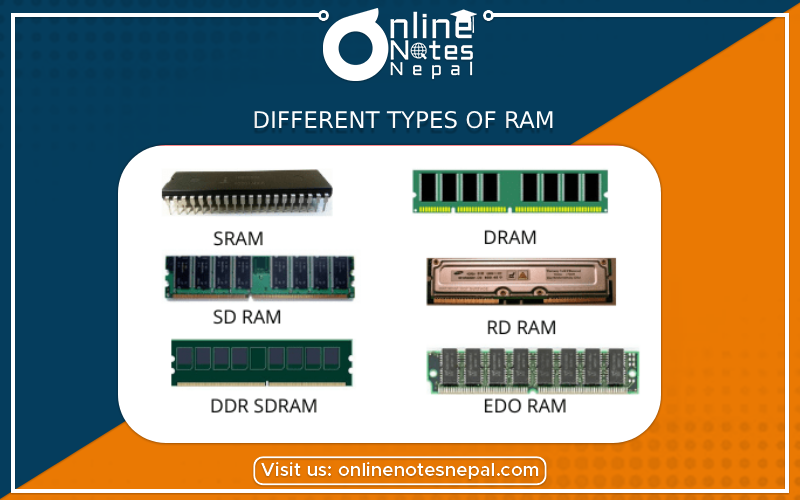Published by: Sujan
Published date: 18 Jun 2021

RAM stems from the fact that data stored in Random Access Memory can be accessed in any random order. RAM memory is very fast both in write and read. There are two different types of RAM, they are:
{PHOTO}
Figure: SRAM
▪ It is the most common type of RAM used in computers.
▪ The oldest type is known as Single Data Rate (SDR) DRAM
▪ Newer computers use faster Dual Data Rate (DDR) DRAM.
▪ DDR comes in several versions including DDR2, DDR3, and DDR4, which offer better performance and are more energy-efficient than DDR.
▪ It is not possible to mix DDR2 with DDR3 DRAM in a computer system. Different versions are incompatible
{PHOTO}
▪ SRAM is Faster than DRAM
▪ More expensive and bulker, having six transistors in each cell.
▪ For those reasons SRAM is generally only used as a data cache within a CPU itself or as RAM in very high-end server systems.
▪ A small SRAM cache of the most imminently-needed data can result in significant speed improvements in a system